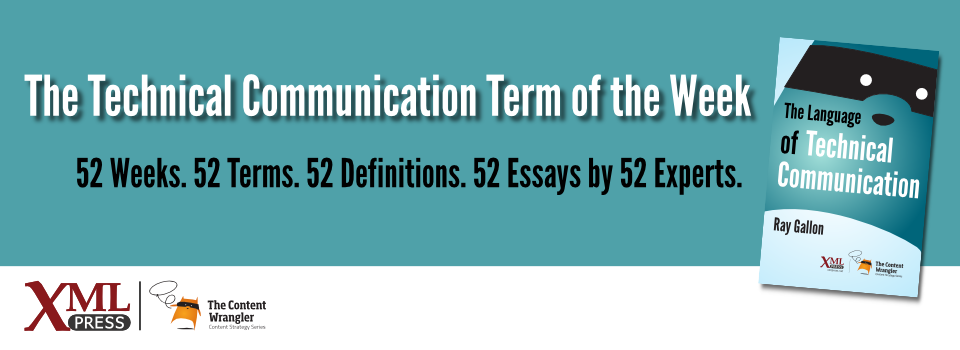What is it?
A set of organized, easily-navigated, and concise terms and phrases linked to locations in content, giving users fast access.
Why is it important?
Indexes link concepts and coordinates with metadata, providing users with a bottom-up tool for navigating content, crossing author-created boundaries such as chapters or topics, and democratizing all concepts for easy retrieval.
